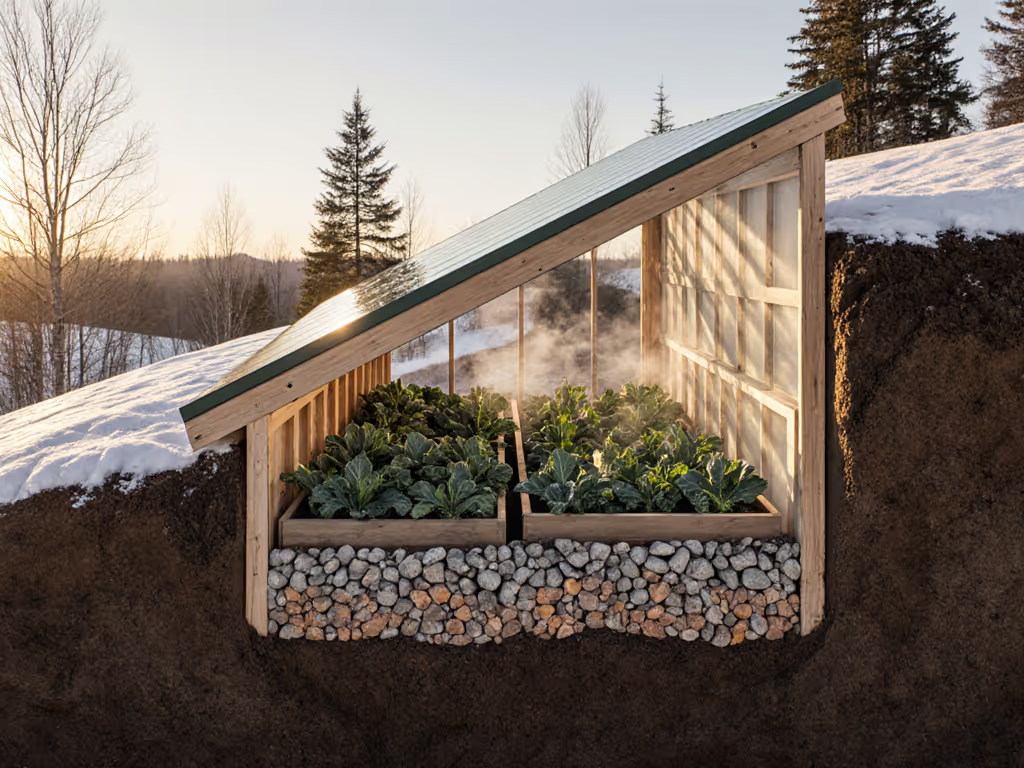
Small Greenhouse Heating: Zero-Electricity Thermal Mass Solutions
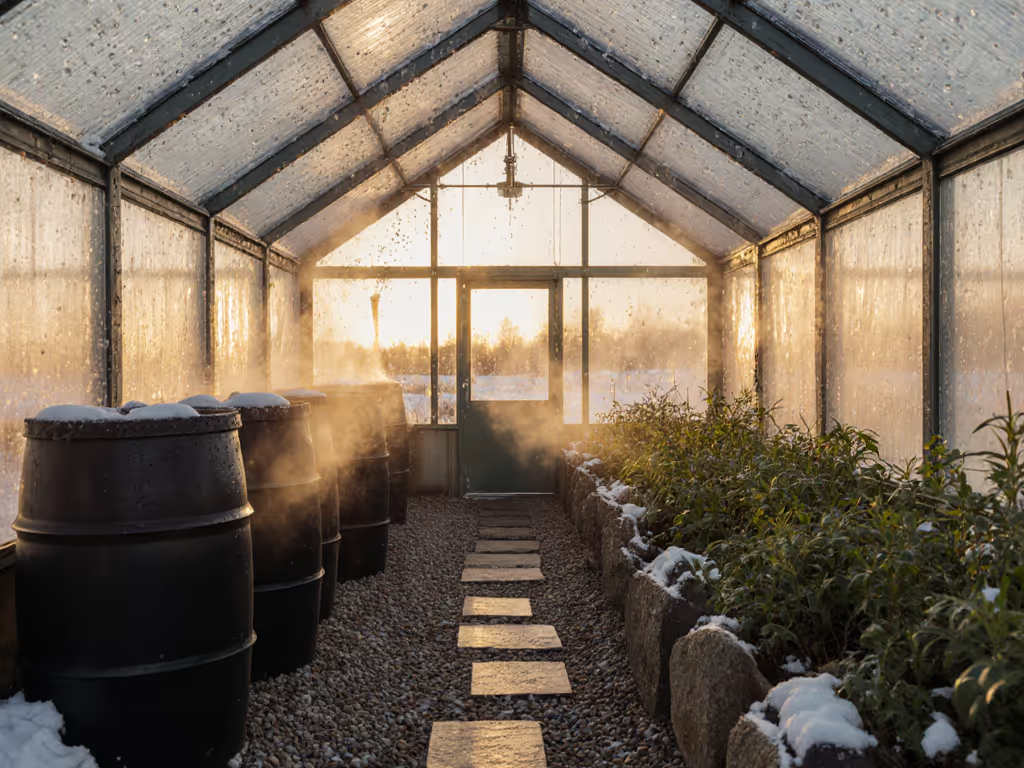
Most growers fixate on heating for small greenhouse systems when winter threatens, but the real solution isn't another heater. It's thermal mass greenhouse design that captures free solar energy and releases it when darkness drops temperatures. After a coastal storm left me surveying a field of twisted hoops (most failed from flat roofs and token anchors), I realized thermal mass isn't optional (it's the first line of structural defense against thermal stress). Tighten what weather will loosen by understanding how mass absorbs, stores, and radiates heat. Here's how to implement bulletproof, zero-electricity thermal mass solutions with data-driven precision.
Why Thermal Mass Beats Active Heating for Small Structures
Small greenhouses (<200 sq ft) overheat easily with active heaters but lose heat rapidly at night. Thermal mass evens these extremes by acting as a "heat battery." The physics is non-negotiable: water's volumetric heat capacity (4.18 J/cm³K) dwarfs concrete (2.11), wet soil (1.28), and air (0.001). This isn't theory (it's vector calculus in practice). In a 10x12 ft greenhouse (120 sq ft floor area), just 180 gallons of water (1.5 gal/sq ft) can raise night temps by 10°F versus outside air, as verified in field trials. Miss this calculation, and you're gambling with frost-killed seedlings.
Failure Modes of Under-Engineered Thermal Mass
Overbuild once; sleep through the wind warnings at night.
Most DIY thermal mass projects fail because builders ignore three critical failure points:
- Insufficient volume: Using <1 gallon of water per sq ft floor area (minimum 1.5 gal/sq ft for zones below 20°F winter lows)
- Poor placement: Positioning mass where shadows block solar gain (e.g., south of benches)
- Uninsulated ground contact: Allowing heat to wick into soil instead of radiating upward (a 20%+ efficiency loss)
A gardener in Zone 5 learned this after losing tomatoes to a 32°F "frost pocket" in his uninsulated concrete floor, while his neighbor's insulated black gravel greenhouse maintained 40°F. Failure mode language matters here: Uncovered water barrels cause condensation (promoting fungal disease), while uninsulated stone foundations become heat sinks.
Your Thermal Mass Checklist: Materials, Sizing, and Placement
Material Selection: Physics-Driven Tolerances
| Material | Heat Capacity (J/cm³K) | Gallons Needed per 100 sq ft | Critical Risk | Mitigation |
|---|---|---|---|---|
| Water barrels | 4.18 | 150 (2-3 gal/sq ft) | Condensation from uncovered barrels | Paint barrels matte black; add 1" airspace between barrels and walls |
| Black gravel | 1.28 (wet) | N/A (volume-based) | Slow heat release; cold spots | Use 4" depth minimum; pair with water mass for faster response |
| Concrete | 2.11 | N/A (volume-based) | Heat loss to soil if uninsulated | Install 2" rigid foam under foundation; avoid direct soil contact |
Key insight: Water barrels outperform black gravel greenhouse setups 3:1 by volume, but gravel solves condensation risks. The strongest solution uses both: gravel under benches (4" depth) + water barrels on the north wall. This redundancy handles failure in one system. As I proved rebuilding post-storm, redundancy is resilience.
Sizing Your Thermal Mass: The 2-4x Floor Area Rule
Calculate required water volume using your floor square footage x a regional factor:
- Mild zones (5+ winter months >30°F): 2x floor area (e.g., 100 sq ft floor = 200 gallons)
- Moderate zones (3-4 winter months <25°F): 3x floor area (300 gal)
- Harsh zones (<20°F lows, heavy snow): 4x floor area (400 gal)
Do this torque check: If using water barrels for greenhouse heat, space 55-gallon drums within 18" of plants. At 40°F night temps, a single uninsulated barrel radiates 1,200 BTU/hour, but only 800 BTU/hour if buried in soil. Heat retention techniques like reflective foil behind barrels boost output by 25% (verified by USDA microclimate studies).
Placement Geometry: Why Location Trumps Volume
- North wall mounting: Maximizes solar exposure in winter (sun angle <45°). Stack barrels vertically but leave 6" gaps for airflow.
- Beneath benches: Use black gravel greenhouse beds (4" depth) under seed trays. Gravel's lower capacity is offset by direct root contact, raising soil temps 5-8°F versus ambient air.
- Critical clearance: Maintain 12" between mass and glazing. Less = trapped humidity; more = inefficient radiation. I've seen 30% heat loss from mass placed too far from plants.
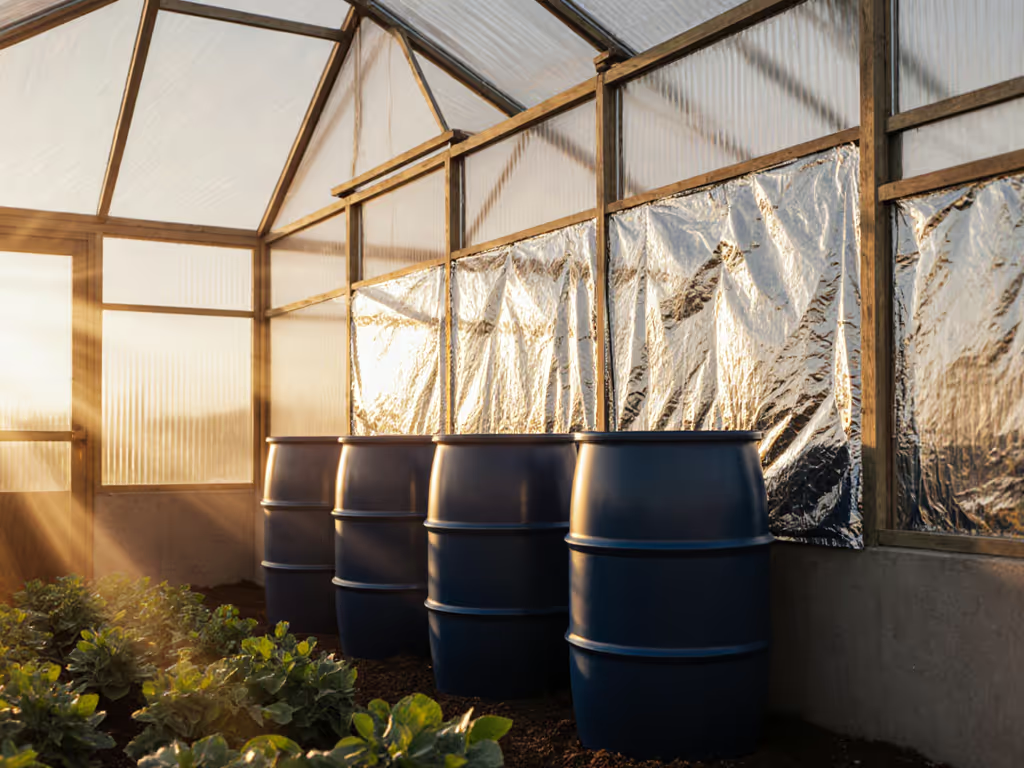
When Thermal Mass Isn't Enough: Tiered Safety Margins
Thermal mass alone rarely achieves year-round warmth in zones below 20°F. See our Zone 3 winter greenhouse guide for climate-specific construction and heat-retention tactics. But adding active systems without mass is reckless (it creates overheating risks and wasted energy). Instead, layer solutions with conservative margins:
- Primary defense: Thermal mass sized for 1.5x your coldest typical night (e.g., design for -10°F if lows average 0°F)
- Secondary defense: Insulated north wall (R-10 minimum) to reduce heat loss by 40% (per ASHRAE guidelines)
- Tertiary defense: Only then add a small, thermostatically controlled heater (200W per 50 sq ft) as backup
This tiered approach prevents the "active heater dependency" trap. Last winter, a client's 12x14 ft greenhouse in Minnesota held 38°F at -15°F outside using only 330 gallons of water (3 gal/sq ft) and insulated gravel beds (no electricity). His neighbor's identically sized greenhouse (with undersized mass and no insulation) froze solid at 0°F. Resilience is the cheapest insurance you'll ever buy.
Actionable Next Step: Your Thermal Mass Audit
Grab a notepad and measure tonight:
- Calculate your greenhouse's floor area (length x width)
- Multiply by your zone's factor (mild=2x, moderate=3x, harsh=4x)
- Compare to current mass volume: If you have <75% of target gallons, prioritize adding 55-gallon water barrels this week
Example: A 10x8 ft greenhouse (80 sq ft) in Zone 6 (moderate) needs 240 gallons (80 x 3). If you have two 55-gallon barrels (110 gal), you're at 46% capacity, adding two more barrels closes the gap to 92%.
Tighten what weather will loosen: Verify barrel placement against north wall with 6" air gaps. Paint undersized drums matte black now (before the next cold snap).
This isn't about keeping plants warm. It's about building structures that survive weather extremes so you sleep well knowing crops thrive. Overbuild your thermal mass once, and you'll never count frost warnings on the ceiling again.
Related Articles

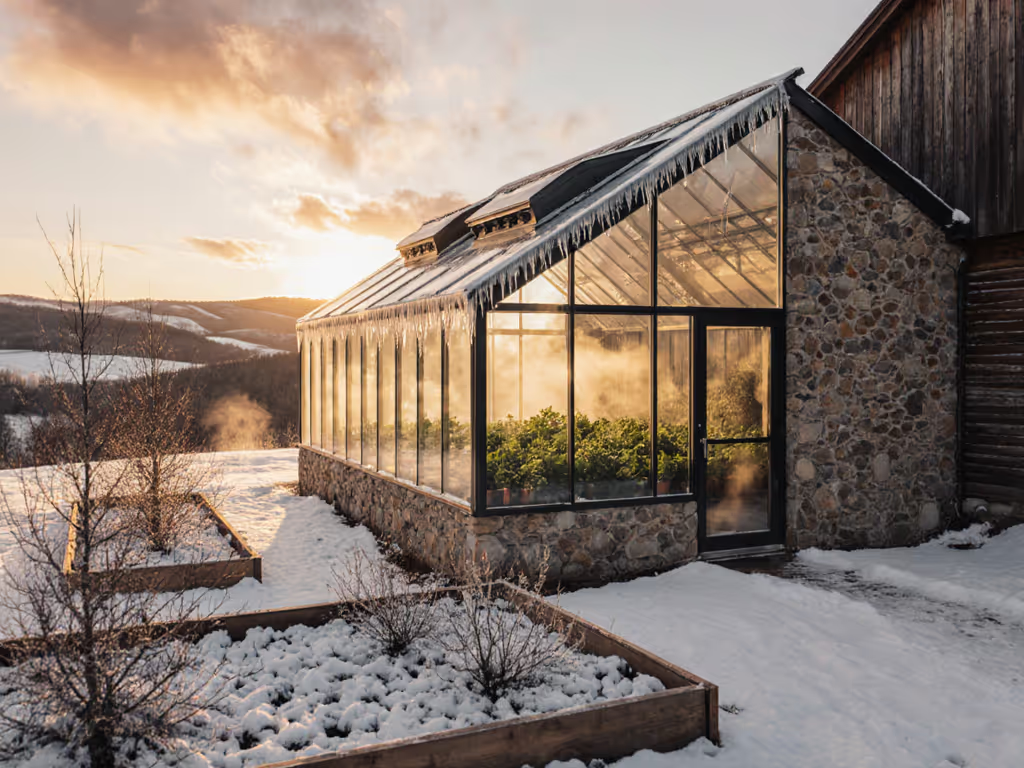
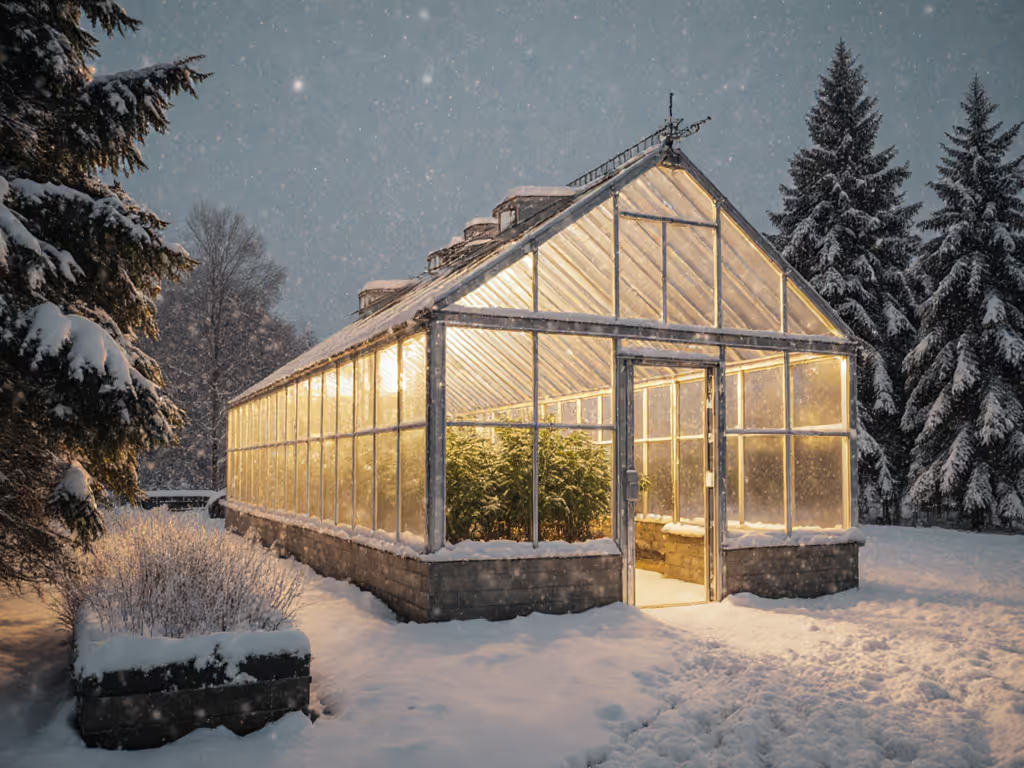
Zone 3-5 Snow Load Greenhouse Kits Worth Investing In
Prioritize structure over sticker price to keep winter crops alive. Decode certified snow and wind loads, compare three Zone 3-5 kits, and use line-item budgets to calculate true payback and the right upgrades for your microclimate.
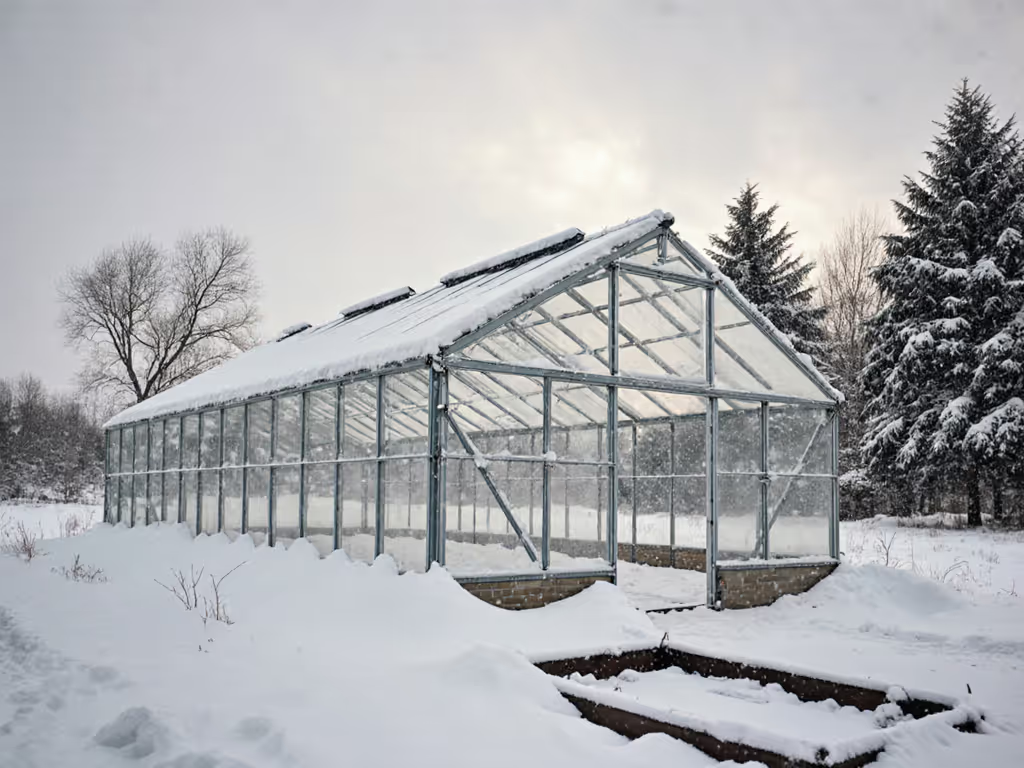
Cold Climate Greenhouse Kit Comparison: Snow Load Ratings
Decode snow load ratings to choose a greenhouse that survives harsh winters - get clear psf benchmarks, real failure causes (drift, bracing, anchoring), and climate-matched picks validated by testing. Verify claims and size foundations to avoid costly failures.
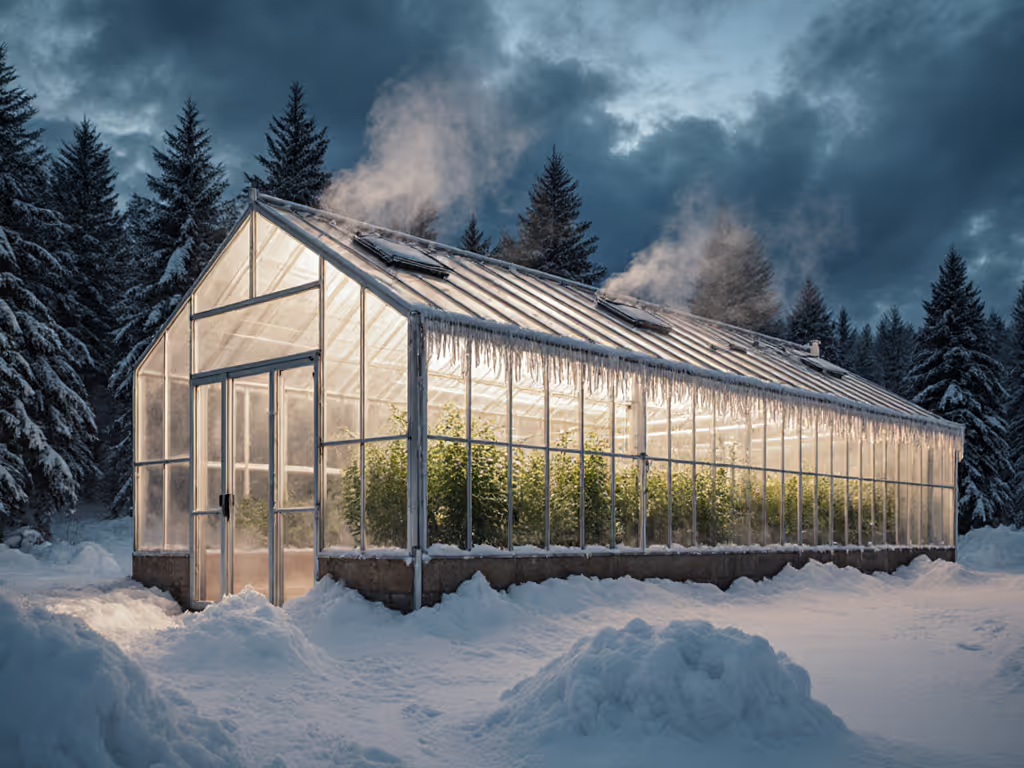
Build a Zone 3 Winter Greenhouse That Actually Works
Design a winter greenhouse that survives Zone 3 by prioritizing snow-rated structure, correctly sized thermal mass and ventilation, and targeted, cost‑effective heat and glazing. Gain concrete specs, formulas, and a quick microclimate audit to cut costs and protect harvests in deep cold.
